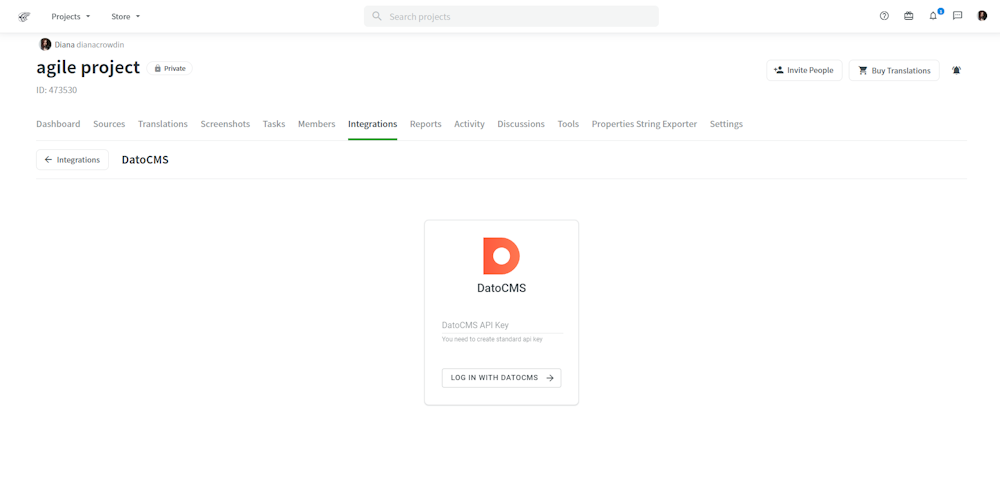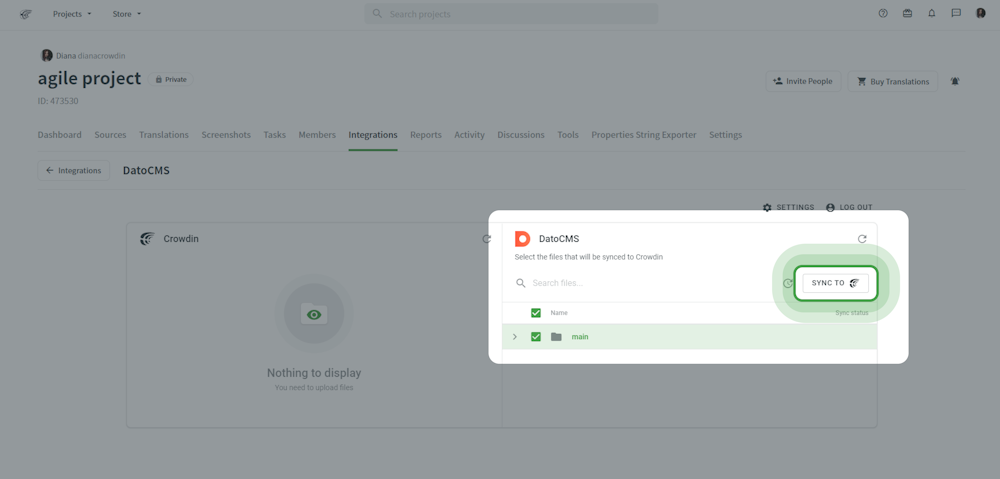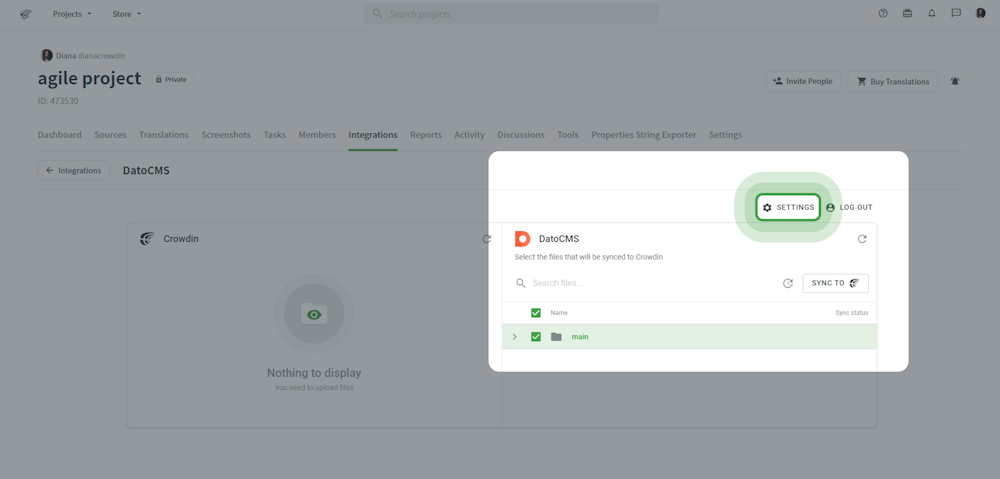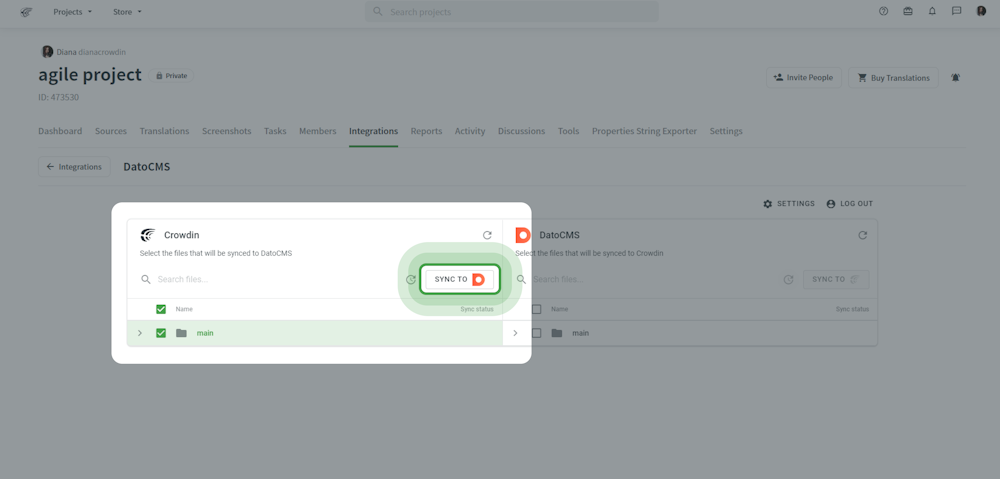In today's global marketplace, it's becoming increasingly important for businesses to tailor their content to specific regions and cultures. Content localization, the process of adapting content for specific markets, can help businesses reach new audiences and increase their market share. However, content localization is not an easy solution, and it requires careful planning and execution to be successful. One key area that businesses need to consider when localizing their content is their CMS (Content Management System) content (blogs, websites, and more). In this article, we'll explore how to localize your CMS content for global audiences.
Assessing Your CMS Content for Localization
As you plan your business to expand globally, localization of content has become crucial to effectively reaching your target audience. And a content management system (CMS) plays a critical role in managing multilingual content. To assess your CMS content for localization, you should consider the following:
Identifying the key content elements that require localization:
The first step is to identify the essential elements of your content that require localization. These elements may include product descriptions, marketing content, user interface text, and support documentation. The process of identification of these elements can be done through analyzing the user engagement data, determining which pages receive the most traffic.
Determining the languages and regions you want to target:
After identifying the key content elements, you need to determine the languages and regions you want to target. This decision is often based on customer data, usually information about page visitors from Google Analytics, and market research (for example, analysis of competitors localization results). It's important to keep in mind that different regions may have different language preferences that should be considered during localization. For example, if you target Canada, you might want to localize your content to English and French.
Evaluating your CMS's content localization capabilities:
Once you have identified the key content elements and target languages, it's important to evaluate your CMS's localization capabilities. Some CMSs have built-in features that simplify the localization process, while others require much more manual effort. It's important to evaluate the following features:
Multilingual support: Does your CMS support multiple languages and locales?
Translation management: Does your CMS provide features to manage the translation process? Can you easily send content for translation and track progress?
Roles and permissions: Does your CMS allow specifying which locales each collaborator can add/edit/remove?
User interface localization: Can you easily translate the user interface text, such as buttons and labels? Can you set the character limit?
SEO localization: Does your CMS support local SEO practices, such as optimizing content for local search terms and adding hreflang tags?
After these points, you will have a better understanding of how to build your localization strategy, what is missing and what is ready to start working.
CMS Localization: Planning Your Localization Strategy
One of the main decisions in CMS localization is choosing the right approach for translation: machine translation (MT) or human translation. MT is a popular option as it is cost-effective and can deliver content quickly. However, the quality of MT output can be inconsistent and often requires human editing to ensure accuracy and readability. MT is suitable for large volumes of content with a limited budget, but it may not be suitable for high-impact content, such as marketing (when it comes to puns, jokes or cultural nuances) or legal documents.
Human translation, on the other hand, offers a higher level of accuracy and consistency in translation. Professional translators (thus, native speakers) can ensure that your content is culturally sensitive and contextually relevant to your target audience. Human translation is suitable for content that requires a high level of quality, such as marketing campaigns, legal contracts, or technical documentation.
When choosing between MT and human translation, consider the following factors:
Quality: Determine the importance of quality in your final localized content. High-impact content should be translated by humans. This will ensure accuracy and relevance to the target audience.
Volume: Assess the volume of content that needs to be translated. MT may be the best suitable option for high volumes of content (especially when it comes to text repetition).
Budget: Consider the budget available for localization. MT is generally more cost-effective than professional human translation, but it may not be suitable for all types of content.
Turnaround time: Determine the urgency of your localization needs. Obviously, MT can deliver content quickly, while human translation may take longer, depending on the volume and complexity of the content.
Ultimately, a combination of both approaches may be the best solution for achieving your localization goals.
MTPE, or Machine Translation Post-Editing, is a third option that combines the best of both worlds, the speed and cost-effectiveness of MT with the accuracy and nuance of human translation.
MTPE offers a way to reduce costs and turnaround times while maintaining quality. In MTPE, a machine translation system generates a first draft of the translation, which is then reviewed and edited by a human translator. The human editor fixes any mistakes, fills in any missing information, and changes the translation so that it fits the sense and tone of the original. The goal is to make a finished version that flows well, is correct, and fits the style.
Overall, MTPE gives businesses and organizations a useful third choice for translating content that can help them cut costs and turnaround times without sacrificing quality. MTPE can help with many translation needs because it uses the best parts of both machine translation and human editing.
Implementing CMS Content Localization
The first step in implementing CMS content localization is to set up your CMS for multilingual content. This involves configuring your CMS to support multiple languages (enabling locales) and designing a workflow for managing localized content.
Many CMS platforms, and DatoCMS specifically, offer built-in localization features or plugins that make it easy to manage multilingual content. These plugins allow you to create language-specific versions of your content, manage translations, and control how your content is displayed to users in different regions.
DatoCMS localization
To set up localization at DatoCMS follow these steps:
First, log in to your DatoCMS account and navigate to the "Settings" section.
Under "Settings," go to "Locales" from the left-hand menu.
Choose the language you want to add from the drop-down menu and click "Save settings."
DatoCMS will automatically create a new version of each content item for the new language you added. You can access and edit these translations by selecting the appropriate locale from the language switcher in the top right corner of the DatoCMS dashboard.
To manage translation workflows, navigate to the "Permissions" section of DatoCMS. Here, you can invite collaborators and set up workflows to manage translations.
In general this workflow is great when you’re translating a small amount of content to a one/two languages. When it comes to a CMS content localization, this process not only takes a lot of time, but it also makes mistakes and flaws more likely. It can also be hard to keep track of and handle the work of each language version, which can make it hard to make sure that they are delivered on time.
Leveraging localization tools and plugins
To streamline the content localization process, you can use a variety of localization tools and plugins. These tools can help you automate the translation process, manage translation workflows, and ensure consistent quality across different languages.
One of the tools that can help you streamline your translation is Crowdin localization software.
Using systems like DatoCMS and Crowdin together can really influence, not only the speed of this process, but its quality.
How does it work? The company creates the source material at DatoCMS and sets up the connection with Crowdin localization software. Then, with the help of Crowdin DatoCMS app, in a few clicks this content can be sent from DatoCMS to Crowdin for translation. Or you can set automatic content sync every hour/day. The translations happen in a special Editor where a few contributors can work with the source text, see it’s preview, suggestions from machine translation engines or translation memory. When the text is translated and ready to go live, it can be pulled back into DatoCMS automatically or within a few clicks.
This method saves time, makes it less likely that mistakes or flaws will happen, and gives you better control over the localization process. It also makes it easier and cheaper for the company to scale up its translation efforts, which can be important as the amount of material grows.
To set up Crowdin DatoCMS app follow these steps:
First, log in to your CrowdIn account or create an account and localization project. Then, navigate to the DatoCMS page on the Crowdin Store. On the right-hand side, click on the "Install" button. Choose the projects and users that will have access to the app.
You will be directed to a new page where you will be prompted to enter your DatoCMS API Key. You can generate one by logging in to your DatoCMS account > Enter project > Settings > API tokens.
Once you have entered your API key, don’t forget to configure locales in the localization section in the DatoCMS Settings. Then, click on the "Log in with DatoCMS" button to authorize the integration. You should now see the DatoCMS app listed under the "Integrations" tab.

Click on the DatoCMS app to access the integration settings. Here, you can configure the integration to automatically sync your DatoCMS content with your Crowdin project. Don’t forget add language codes for the target languages DatoCMS Crowdin app settings.

To sync your content, click on the "Sync Now" button. You can also set up automatic syncing by selecting the "Automatically sync content updates" option.

Once your content has been synced, you can begin translating your DatoCMS content directly within Crowdin. You can do it with MT (machine translation engine), vendor agencies, your in-house team or even volunteers. Then, sync the content back.

Here is a short video of how to translate DatoCMS content with Crowdin. Together, DatoCMS and Crowdin make it easy to localize content and provide a better user experience for your global audiences, while increasing reach and engagement.
Working with localization vendors or in-house translators
Finally, you need to decide whether to work with localization vendors or in-house translators. Localization vendors help you translate and localize your content. They can do this professionally, manage workflow, and ensure your content is appropriate for different regions.
In-house translators, on the other hand, are employees who work for your organization and are responsible for managing the translation process. In-house translators can offer several advantages, including greater control over the translation process and the ability to respond quickly to changing translation needs. However, in-house translators have several drawbacks, including the potential for language and cultural insensitivity and the lack of diverse experience and training.
Ultimately, the decision to work with localization vendors or in-house translators will depend on your organization's needs, resources, and goals for content localization. If you don’t want to spend time on searching for and hiring translators, consider the fastest way to make your content multilingual – Crowdin Language Services.
Final Thoughts
In today's global marketplace, localizing CMS content is essential for businesses looking to reach new audiences and increase market share. This involves identifying the key content elements that need to be translated, determining the languages and regions to target, evaluating the CMS's localization capabilities or choosing localization software to work with.
When it comes to translation, businesses can choose between machine translation, human translation, or MTPE, depending on factors such as quality, volume, budget, and turnaround time. For best results, a combination of approaches may be the best solution.
To implement CMS content localization, businesses should set up their CMS for multilingual content and design a translation strategy for managing localized content. One tool that can help with this is Crowdin, a cloud-based platform that streamlines the localization process for CMS content. Crowdin's DatoCMS app, which offers an option to automate most of the manual processes will simplify your content localization workflow.
By following these article guidelines and utilizing Crowdin and DatoCMS together, you can successfully localize CMS content for global audiences, improve market position, and reach new customers around the world.
